According to the Ede people, each jar has a soul. The jar is not simply an artifact but also sacred. It is also an object that represents the strength of the clan, participating in ceremonies to help unite the community and clan. Therefore, the Ede people always hold a ceremony to inform the gods every time they buy a jar or when there is a change related to the jar.
According to the Ede people, after buying a jar or before selling it, they always hold a ceremony. When bringing a precious jar home, they must hold a ceremony to welcome the jar into the family. The ceremony means that the homeowner wants to inform relatives and villagers to know and come to share the joy with the family for buying a precious jar, with the wish to welcome the jar into the family, so that from now on the jar is officially considered a member, cared for, treated like a human and lives long, healthy, happy, warm, and harmoniously with the family. Likewise, when the jar is no longer in use and is sold or given away, they hold a farewell ceremony, and when the jar is unfortunately broken, they must make an apology to the gods and the owner of the jar.
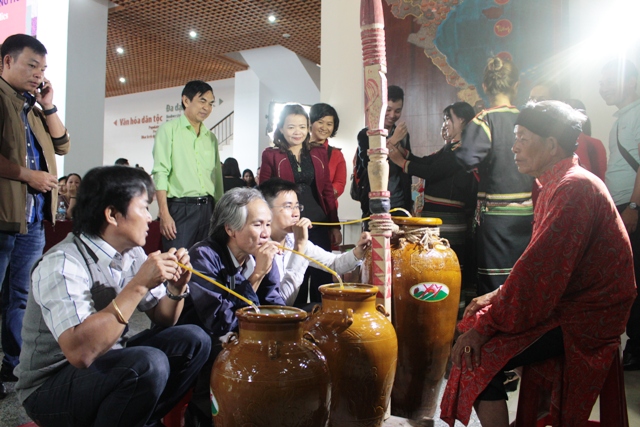
Offerings for the jar worship include 1 castrated pig, 3 large jars of wine, 6 bronze rings, 3 strings of beads, 3 bronze cups, 3 bronze bowls, 1 bronze tray... A xoan tree is a must, because this is considered a connecting object between humans and gods. In the long house, the wine pillar is erected and decorated with colorful patterns and colors, next to it are 3 large jars of wine tied to the 3 wine pillars with forest ropes. The gong team of the village will play a gong to welcome guests to invite relatives, brothers, and relatives near and far to attend.
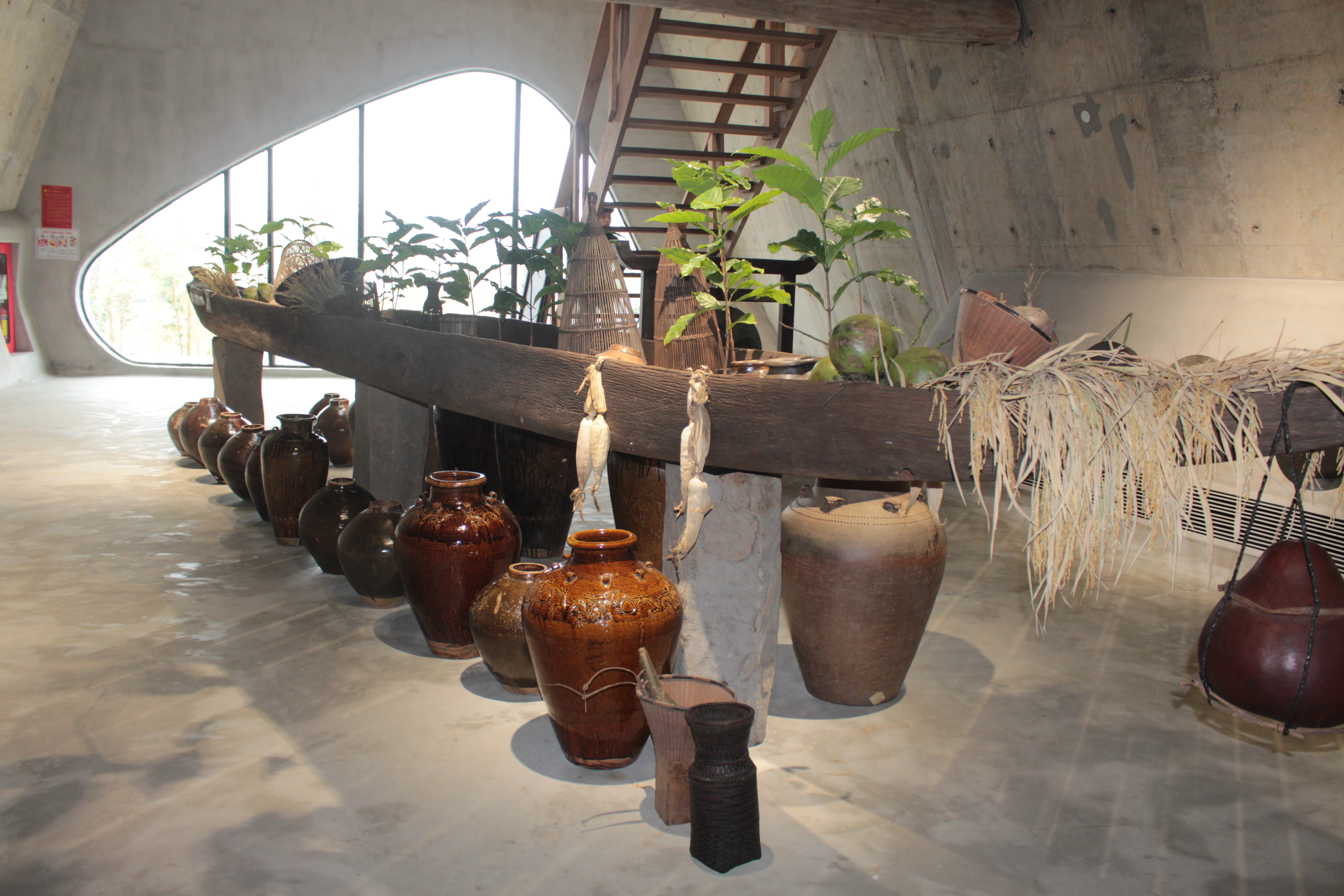
The shaman begins the ceremony to invite the mountain and river gods, ancestors, and grandparents to witness and allow the family to hold the ceremony; then the ceremony to worship the jar with the prayer: “Oh villagers of the Tai village, the Yang (gods) near and far, the Yang above and below, the Yang below, all the Yang have agreed to let the family hold the ceremony for the jar. Although the family is in difficult circumstances, the family has saved and accumulated to buy a precious jar to brew wine to worship the Yang. Oh jar god, the homeowner today organizes a ceremony to welcome the Tang jar home, please inform and invite the jar god to attend the party with the homeowner, from now on the family will consider the jar as a child in the family, to be treated kindly... therefore, hope the jar will live happily, long-term, in harmony, warmly and help the family members”. The shaman will put a copper bracelet and a string of beads around the neck and ears of the jar to beautify it, and to be treated like a human being.
The homeowner sits and listens to the shaman (right cover) perform the jar offering ceremony (photo: Mai Sao)
Finally, there is the ritual of worshiping the owner of the jar, asking the gods to bless the homeowner with health, luck, and a successful business, so that they can buy more good jars... At the end of the ritual, the family representative thanks relatives and neighbors who came to attend and invites everyone to stay for dinner and drink wine to celebrate the homeowner's purchase of a precious jar. According to Ms. Hoang Thi Nhat, Deputy Director of Dak Lak Provincial Museum, during the practice of rituals, an indispensable artifact of the Ede people is jars made of ceramic called jars. In particular, wine jars play an important role in the sacredness and solemnity of the ceremonies. Large ceremonies require the use of precious jars and must have a complete set of jars according to custom.
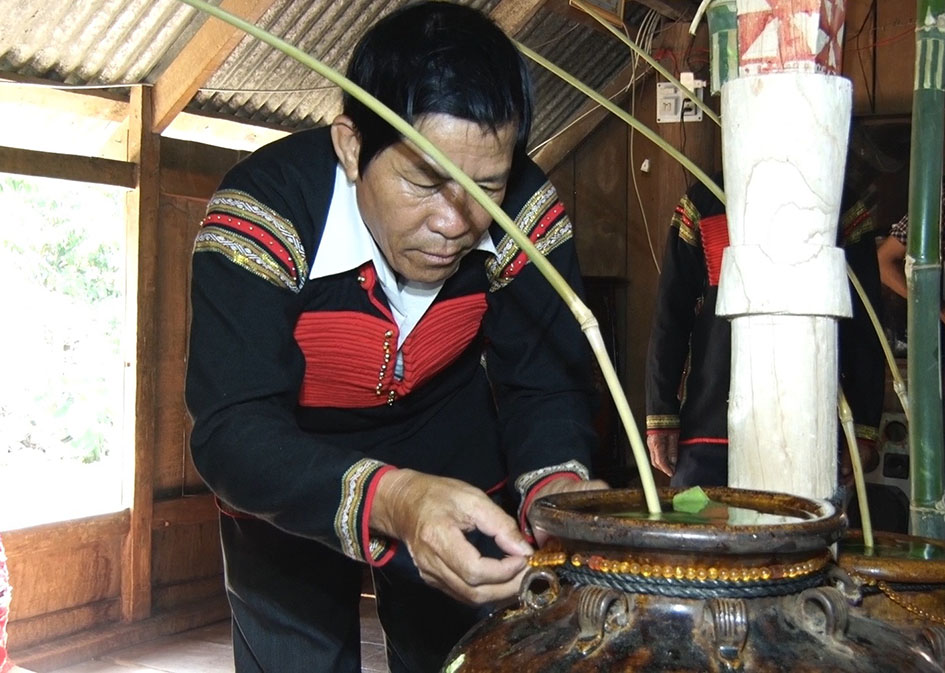
To contribute to preserving and promoting the cultural value of jars, the Museum has collected and introduced the jar collection of the Ede people (taking place until February 20, 2019). In addition to nearly 60 jars arranged and arranged according to traditional living spaces, there are also many images, documents, information excerpts and unique stories related to jars introduced, expressed by sophisticated and modern graphic methods to help viewers feel all the cultural quintessence that the Ede people "encode" into this familiar and close household item.
The Ede people divide jars into 4 main types, ranked from the most precious to the lowest: Tuk jar, Tang jar, Ba jar, Bo jar. In addition, there are Jan jar, Due jar, Kriak jar... Many different ethnic groups live together, so sometimes the same type of jar is called by different names depending on the culture of each region. Following a self-sufficient lifestyle, the jar was exchanged for family products such as pigs, cows, and buffaloes for traders from different regions. The most valuable Tuk jar had to be exchanged for the equivalent of an elephant or eight buffaloes, and was only used in important ceremonies, with sacrificial animals from castrated male pigs and above. Tuk jars could not be lent, and young people were not allowed to come near them, and had to be kept in a separate place. However, at present, in the life and ritual practices of the Central Highlands ethnic groups in general and the Ede people in particular, due to many different reasons, the jar offering ceremony is gradually being lost. The restoration of the jar offering ceremony of the Ede people has contributed to raising awareness of preserving and promoting the traditional culture of the Ede people in particular and the ethnic groups in the Central Highlands in general. |
Kim Bao












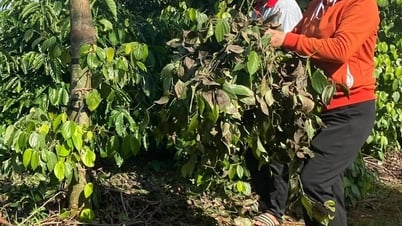

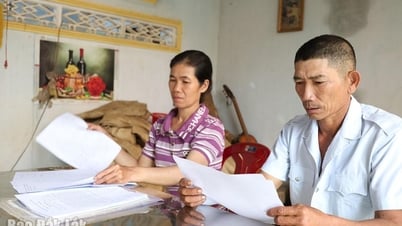







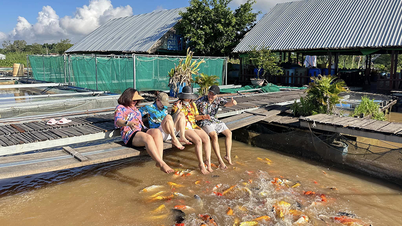
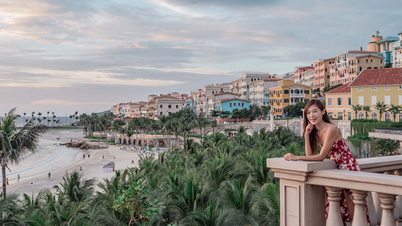
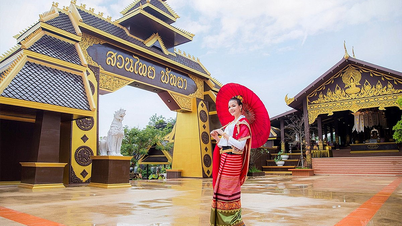


















































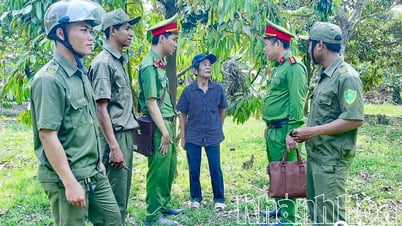

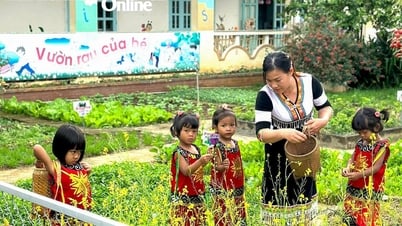















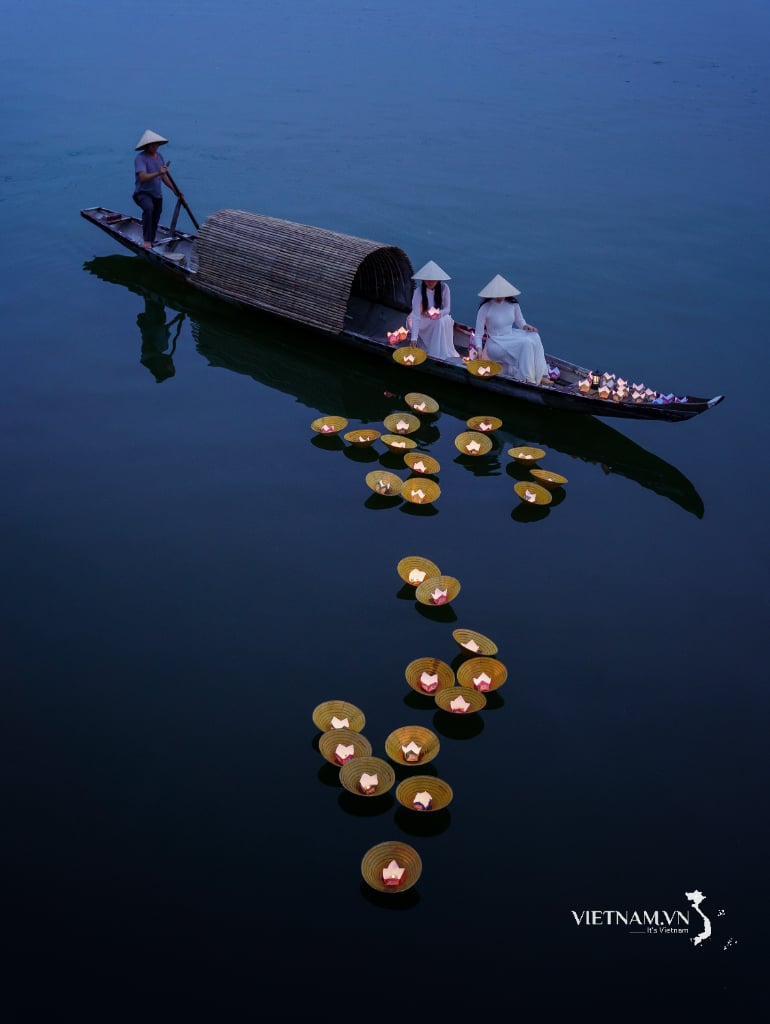

Comment (0)